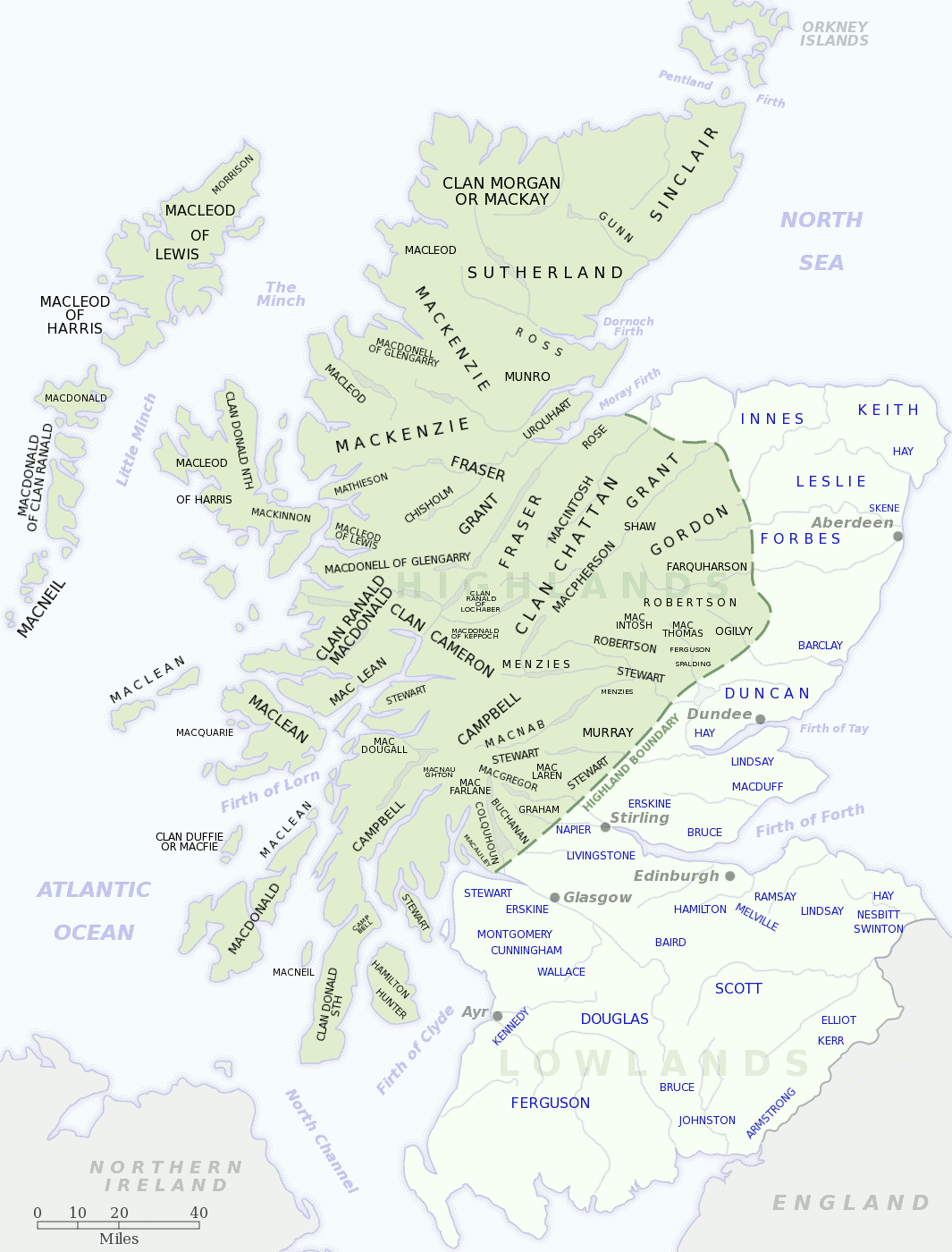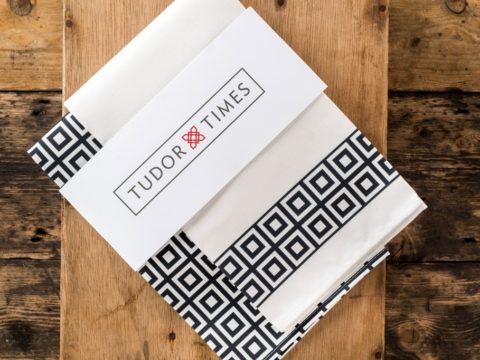Scottish Peers
Chapter 1: Introduction
Scotland in the fifteenth and sixteenth centuries had a small population – probably around 500,000 in total in 1500, compared with around 3 million in England. By 1600, this had increased by over a half to around 800,000, but even the largest city, Edinburgh, still only had a population numbering in the thousands. For most people, life was not far removed from subsistence agriculture. Physical money was scarce, and society was structured in the north and west on the basis of clans, with a more feudal structure in the south east Lowlands.
The word ‘clan’ derives from the Gaelic ‘clann’ meaning kin or family. In this ancient system, all the descendants of a single, identifiable, ancestor were clan members and owed service to the head of the clan, in return for his protection. This could be enhanced by the system of ' manrent', in which an individual or clan might enter into a bond of service to a more powerful clan, in return for protection. This was personal service, not related to land. This relationship of fealty meant that feuds and blood-guilt were endemic and could last for generations in a way quite incomprehensible to the twenty-first century western mind.
Within a clan, there may be several surnames. Cadets descended from junior branches rather than the eldest son of the original ancestor. The term ‘sept’, used nowadays to refer to a group of another surname within a clan, was not used in this period.
In the feudal system, which had come into the Lowlands with the Normans, who constituted many of the major land holders in the south, service and loyalty were given in return for land, rather than based on blood relationship. Although less clear cut than the clans of the Gaelic Highlands, family loyalty was still an important component in political decisions in the Lowlands and the blood feud just as popular.
With such a small population, the ruling class was tiny, and heavily intermarried. Most people married more than once, and had children with multiple spouses. This makes understanding the relationships and loyalties hard to follow, as it is impossible to know now why one relative was favoured over another.
Up until the Union with England, in 1707, there were six basic ranks of peers, below the sovereign. Dukes, Marquises (from 1599), Earls, Lords of Parliament, Barons and Knights. Many Scottish titles are not limited ' in tail male ', so there are frequent instances of female inheritance.
In this article, we have listed the Dukedoms, Marquisates and Earldoms which are relevant to the period 1485 to 1625. We have used English, rather than Gaelic, spelling.






